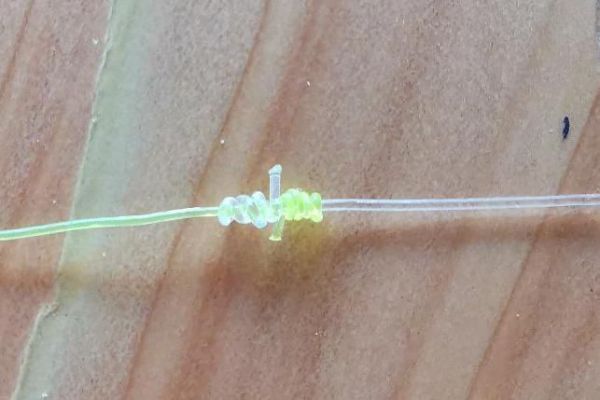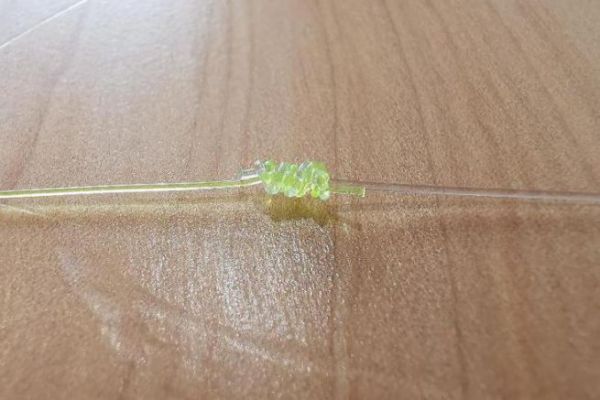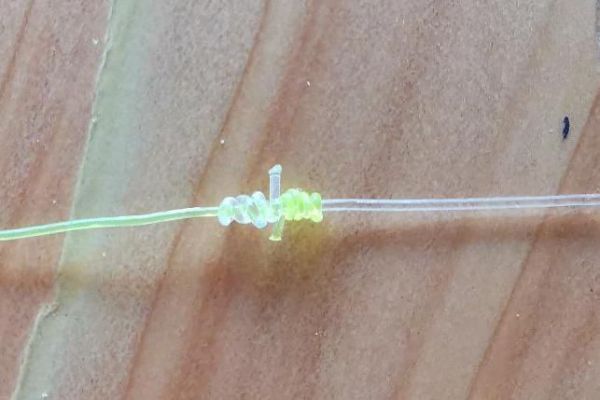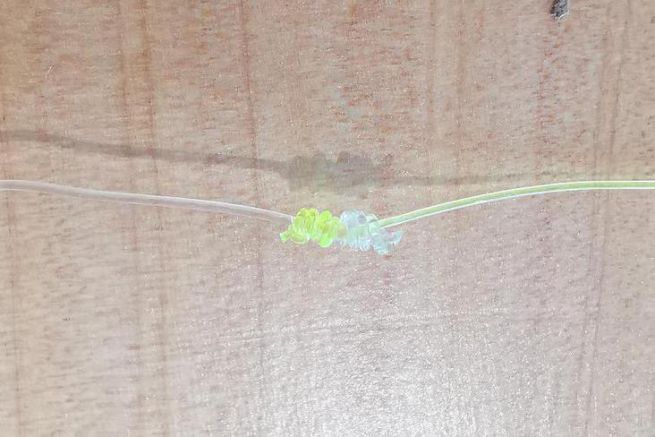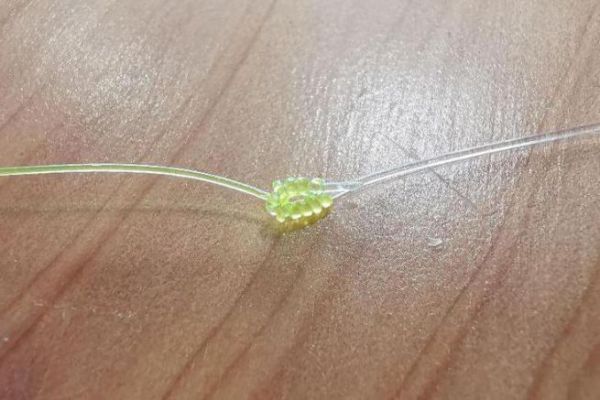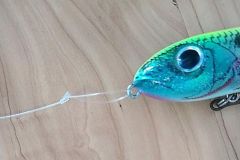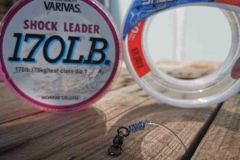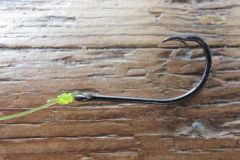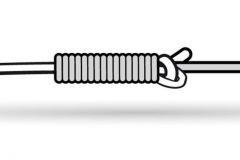Used to connect two nylons, the barrel knot is very interesting for its structure, as the ends of the wires emerge from the middle of the knot and perpendicular to the line. As a result, it accumulates less algae or other plant debris. It is therefore more discreet. In the photos in this tutorial, the nylons used are 45/100 and 40/100.
Step 1:
Take your two nylon threads and place them parallel to each other or crossed, as you prefer.
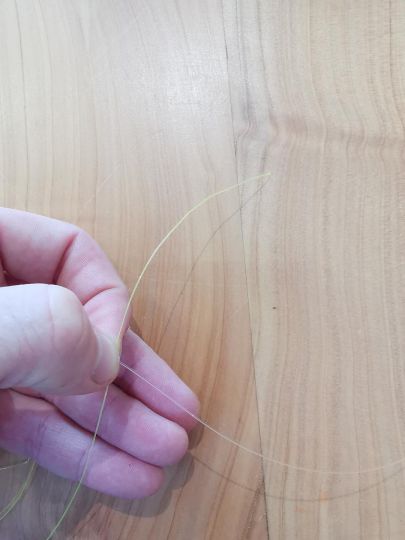
Step 2:
With one of the wires, make 5-6 turns around the first wire.
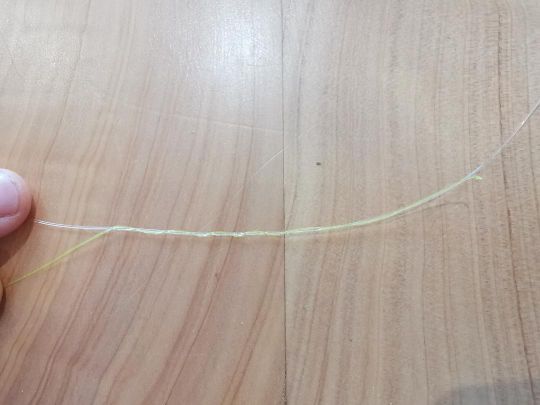
Step 3:
Then pass the end of the wire back under the first turn so that the end of the strand is perpendicular to the main wires.
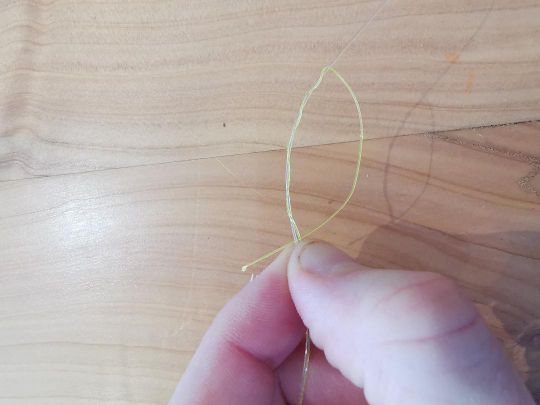
Step 4:
Take the threads between the thumb and forefinger of your second hand, and perform exactly the same operation with the other thread.
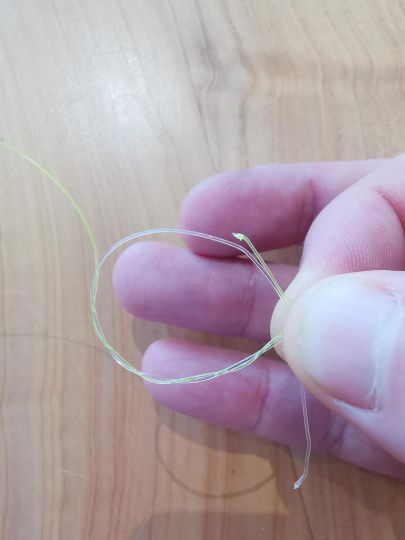
Step 5:
The result is two symmetrical windings of wire, with both ends perpendicular to the main axis. Make sure that the ends cross in opposite directions.
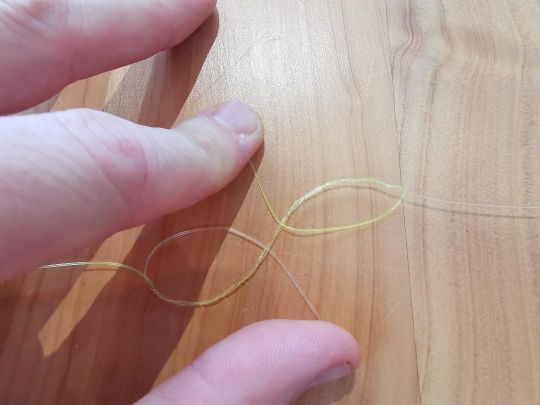
Step 6:
Moisten your knot and gradually tighten it by locking the two free ends with the teeth and pulling on the two main strands simultaneously.

Step 7:
Your knot is now complete. All that's left to do is cut off the excess thread.
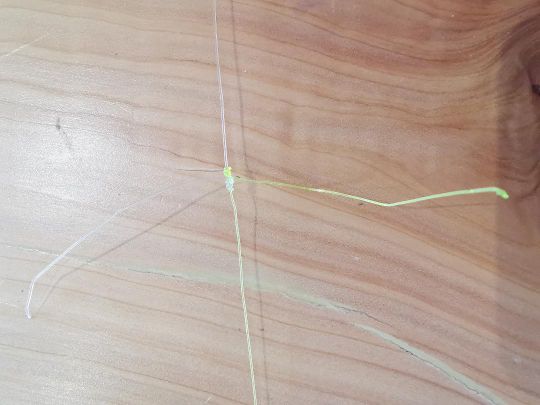
Advantages of the barrel node :
- The ends stick out to the side, so they don't pick up algae
- It's a strong knot
Disadvantages of the barrel node :
- Takes time to learn
- Requires nylons of relatively close diameter

 /
/ 